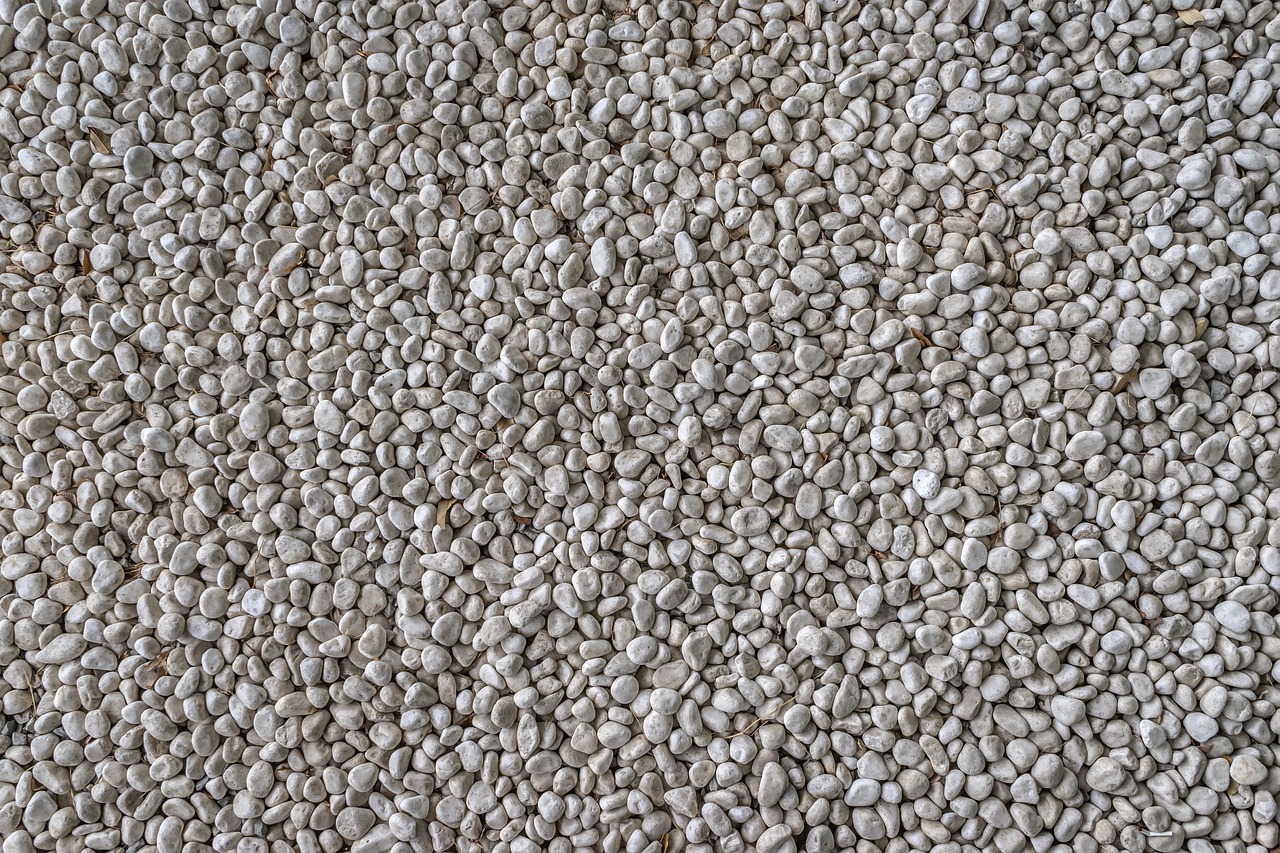6 Different Types of Aquarium Filters and What Best Suits Your Tank

What are the different types of aquarium filters?
- Internal Filter
- Power Filter
- Sponge Filter
- Under Gravel Filter
- Canister Filter
- Fluidized Bed Filter
If you are a beginner at aquascaping, you might not have an idea of what to put in the aquarium. From choosing the right livestock, aquascape plants, substrate, to aquarium filters — there are plenty of factors to take into consideration. If you seek to improve your aquarium, Aquascape Philippines listed down the different types of aquarium filters.
Choosing the best filter to suit your tank is an important decision that will impact the water cleanliness you wish to keep and the health of your livestock. Through this, even the tiniest fragments of plant material, toxic contaminants, feces, and leftover food are cleared. Therefore, knowing about the different types of aquarium filters is essential. Continue reading to learn more.
Internal Filter

Internal filters are also known as corner filters or box filters. As the first aquarium filters made available for residential use, these are compact units mounted to the sides of the tank with suction cups, which makes them suitable for small aquariums with less than 20 gallons of water.
Most types of internal filters require an air pump and an airline. Air is pumped into the bottom of the filter, travels through the filter, and is released through the top of the filter. Filtration occurs once the air bubbles dissipate to the surface of the water.
In the past, their less powerful flow system was taken advantage of to treat and breed livestock because of its inexpensiveness. However, you might find the low-efficiency a downside.
Power Filter
Power filters, also called hang-on back filters, are one of the most common types of aquarium filters. The power filter sits on top of the tank with the filter box hanging outside and the siphon tube lowered in the tank. Water is sucked up through an intake tube.
The power filter is a staple among aquascaping hobbyists because it offers excellent chemical, biological, and mechanical filtration simultaneously. To add to that, these are highly customizable, easy to maintain, and easy to install.
Through the filter pad, debris is strained out (mechanical filtration). The activated carbon removes chemical impurities in the water (chemical filtration). Lastly, the filter cartridge consumes the toxic byproducts (biological filtration).
Power filters are inexpensive and offer triple filtration. However, a significant amount of water is drawn when the filtration occurs. Although as water is returned, it can be evaporated. The returning water can also be noisy and one must aside enough space for the unit.
Sponge Filter
The sponge filter is among the most basic of all aquarium filters with only three components: a sponge filter inside the tank, an air pump outside the tank, and airline tubing.
As water is forced through the air pump, beneficial bacteria will accumulate and can provide biological filtration. Sponge filters offer mechanical filtration as well.
Sponge filters do not filter livestock food before being eaten. However, you must consider cleaning the unit regularly to ensure beneficial bacteria develops without any hindrance.
Under Gravel Filter

The under gravel filter (UGF) is also one of the oldest aquarium filters. As its name suggests, it is installed underneath the substrate and has multiple tubes that extend upward toward the water surface.
Mechanical filtration is achieved as the water flows through the substrate because particles are trapped. Biological filtration is done through the water passing through as well. However, this factor is limited as water will only flow evenly depending on the type of substrate. Therefore, it is important to clean this filter. The tank water can start to decay and become part of the biological load.
The UGF is inexpensive and hidden from view when installed. It is worth remembering that this requires a medium level of maintenance.
Canister Filter
A canister filter is typically seated outside or underneath the aquarium. It has intake and output hoses that need to be in the aquarium. For that reason, it is used for larger tanks.
Canister filters offer great filtration on all levels – chemical, biological, and mechanical. With the aid of a pressurized motor, water is drawn into the filter, travels through several trays of filter media, and then is returned to the fish tank.
If you need a heavy-duty and quiet aquarium filter, this may be the option for you. However, several downsides of the canister filter make it difficult to clean and maintain. Additionally, it can be expensive and you need enough room to position the unit.
Fluidized Bed Filter
Relatively new to the aquascaping market, fluidized bed filters are efficient biological filters that make use of sand or silica chips. It hangs on the back of the aquarium. Once water flows into the chamber, the small particles of sand or silica chips cause the filter to swirl. This churning process enhances beneficial bacteria growth.
Fluidized bed filters are air-driven. Therefore, fewer mechanical parts are prone to breaking. It comes with a sponge pre-filter at the bottom, making it easy to maintain.
If you have a smaller tank, you might want to opt-out of fluidized bed filters due to their large size. Most units also do not come with water pumps, which need to be purchased separately.
Key Takeaway
Indeed, the advancements in technology made the aquascaping hobby more efficient through the different types of aquarium filters. Again, before making a purchasing decision as to what type of aquarium filter you will install, remember the advantages and disadvantages each one carries.
Aquascape PH has a wide variety of aquarium filters to choose from. Find out which one is best for your tank by contact them here. You may also visit this page to view a wide selection of aquascaping products.
Share on

